The next day — after our whirlwind sightseeing — was Sabbath, and we were able to take things a little easier. We went to church at the Adventhaus, Austria’s largest Adventist congregation (as far as membership goes, that is; Bogenhofen has a larger attendance and building, but only because of all the students).

There we met up with Lubka, Kristin, and Alex Grakov, friends from years ago in New Haven. Celina and Kristin have been friends since they were toddlers, and it was wonderful to see them able to pick up their friendship where they left off, as though no time had elapsed. The Grakovs had us over for a delicious Bulgarian Sabbath dinner, with pumpkin strudel for dessert. Unbelievably, I managed to forget to take a picture of the family.
In the evening, we attended the beautiful Mozart Requiem concert in the Karlskirche. Mozart died just a few hundred meters away from this church where his Requiem is now performed every Saturday night through the autumn. Words are so inadequate when it comes to music like this!
Célina with Kristin Grakov
You can see a brief video clip of the concert´s opening movement at:
http://www.youtube.com/watch?v=vPaf2-jpLEQ
The next day, Sunday, did not dawn sunny but proved to be a lovely day nonetheless. The first treat was hearing the Vienna Boys’ Choir in the Hofburg Kapelle! (The Hofburg Palace was the winter residence of the monarchs.) The performance was part of a Sunday morning mass that the Boys’ Choir traditionally sings at. The choir is the descendant of the boys’ choir from the Viennese Court of the late Middle Ages, established by Maximillian I of Habsburg in 1498. The Emperor instructed court officials to employ a singing master, two basses and six boys to provide musical accompaniment to the church mass. In more recent years, composers and conductors started their musical career as members of the choir, including Franz Schubert.
Again, words are completely inadequate; I won’t even try. Here is simply another clip: www.youtube.com/watch?v=LDDm_n2OM7c
Vienna does not just provide feasts for the eye and ear, but also for the palate. The “K.u.K. Hofzuckerbäckerei Demel” (“Imperial and Royal Court Confectionery Bakery Demel”) is one of Vienna’s most famous pastry shops and chocolatiers (whose Sacher Torte rivals the Sacher Hotel’s). Even the beloved Empress Sisi — Austria’s 19th Century version of Princess Di, one could say — indulged in Demel’s sweets, and had Herr Demel himself personally deliver the candied violets that she so loved, amongst other things, to the royal court at the Hofburg Palace (these sugared violets are still made and sold at Demel, and of course we couldn’t resist purchasing some for our own Sisi). By tradition, the Demel service staff are all women — black-dressed, white-aproned waitresses, affectionately known as the “Demelinerinnen” who still address customers in the formal third person. Generally, I’m reluctant to speak in superlatives, as they often sound exaggerated, but I must say that the hot chocolate the girls ordered at Demel’s was the best drinking chocolate we’ve had since Paris 25 years ago, if not better. Then after we exclaimed over and savored the hot chocolate, Christoph and I couldn’t believe it when we discovered our cappuccinos to be the best coffee we’ve ever had. Unrealistic, but true!
One of Demel’s legendary window displays of confections
A good place to spend the rainy afternoon was inside Schloß Schönbrunn, the former imperial, Rococo summer residence of the Habsburg monarchs, with 1,441 rooms. It was the summer residence because the area during the time of its construction in the 18th century was still part of the Vienna Woods (nowadays the palace is surrounded by the greater city). In the year 1569, Holy Roman Emperor Maximillian II of the Habsburgs purchased a large floodplain of the river and ordered the area to be fenced and game put there to serve as the court’s recreational hunting ground. The palace was later designed by the same Johann Bernhard Fischer von Erlach (of the St. Charles Church, etc.), and construction was completed in 1780. The name Schönbrunn (meaning “beautiful spring”), has its roots in an artesian well from which water was consumed by the court.

The ballroom

The Hall of Mirrors where 6-year-old Mozart performed for Empress Maria Theresia, whereafter he jumped on her majesty’s lap, threw his arms about her neck, and planted a loud kiss on her cheek.
Katja and Emma particularly enjoyed the children’s museum portion of the palace.
We only scratched the tip of Vienna’s iceberg over the weekend, and are looking forward to returning to this magical city soon to continue exploring its treasures.

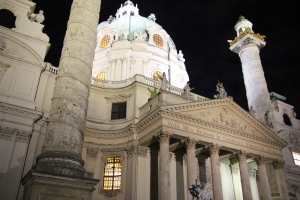
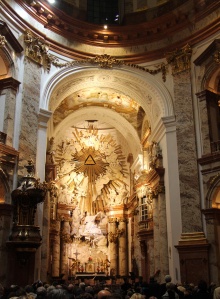
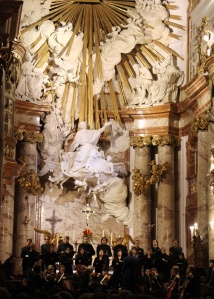
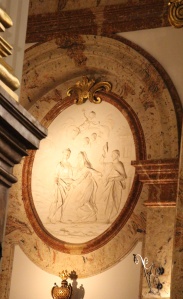
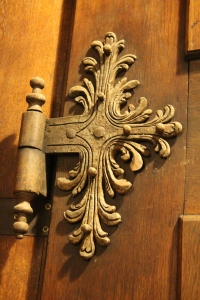
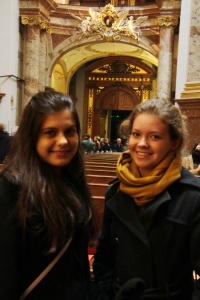
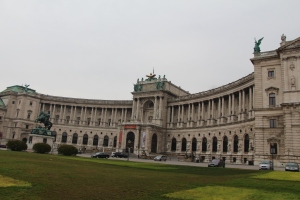
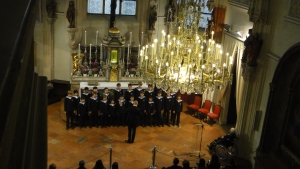
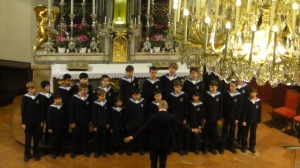
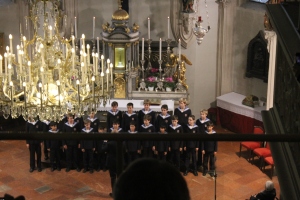
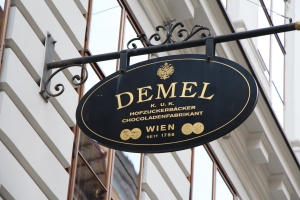
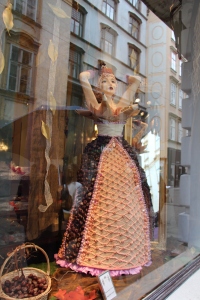
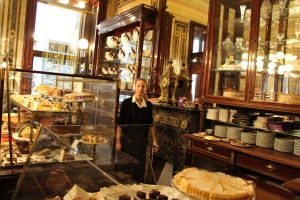
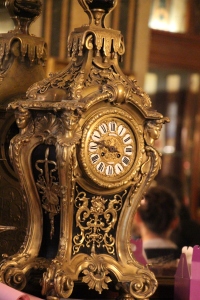
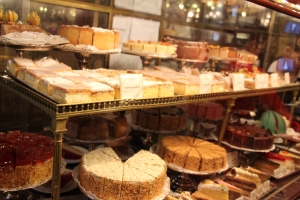
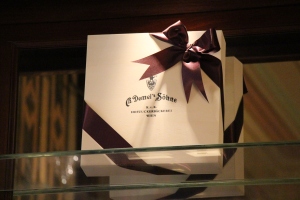
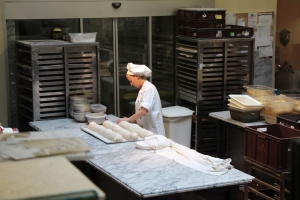
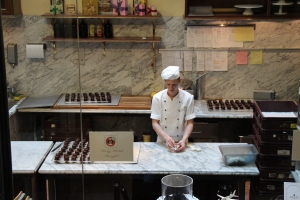
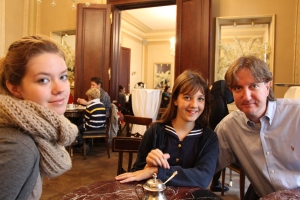
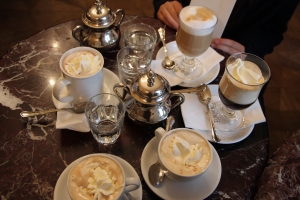
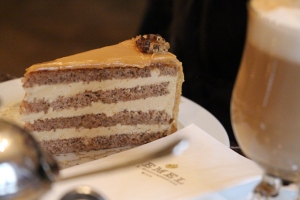
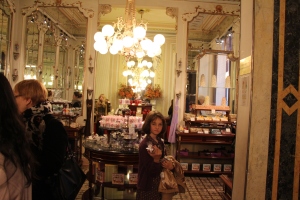
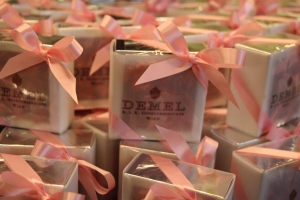
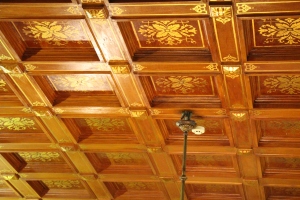
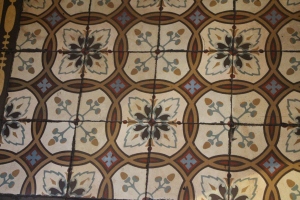
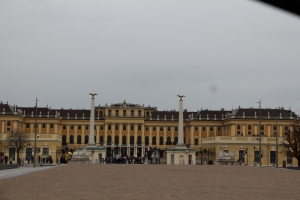
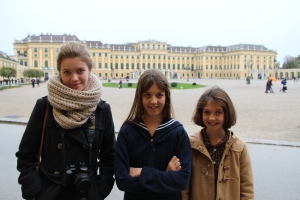
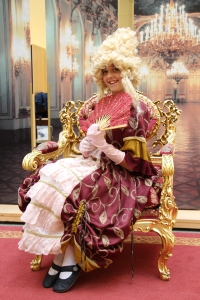
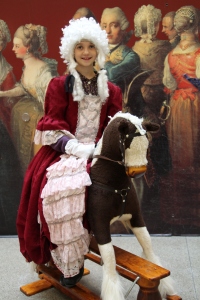
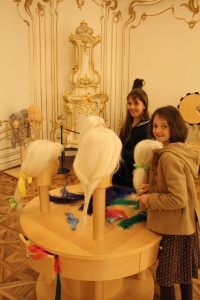
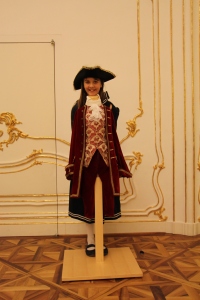
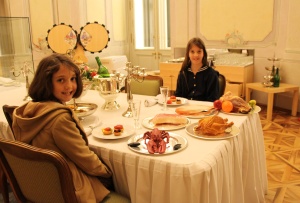

How nice to meet up with old friends and go to the Mozart Requiem concert in the Karlskirche and the Vienna Boys Choir in the Hofburg Kapelle and Schloß Schönbrunn !. What beauty in the photos. What experiences! What a wonderful place–The Demel.
I’m always thinking of Katja and Emma’s position; Celina would have most likely done all these things anyway, but with Emma and Katja, it was luck and God’s will to be adopted into your home and have these experiences. I think a lot of the differences in your home and had they been adopted in the aunt’s home in front of a TV. What you have given to all three girls is amazing!!!!!!!!!!!!!!!! to say nothing about these wonderful overseas experiences.